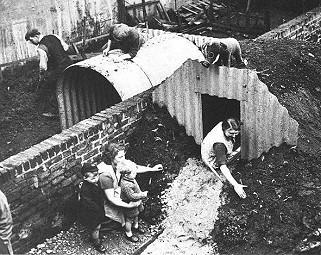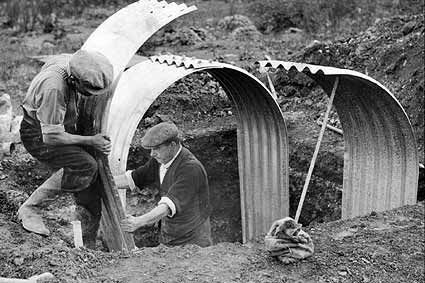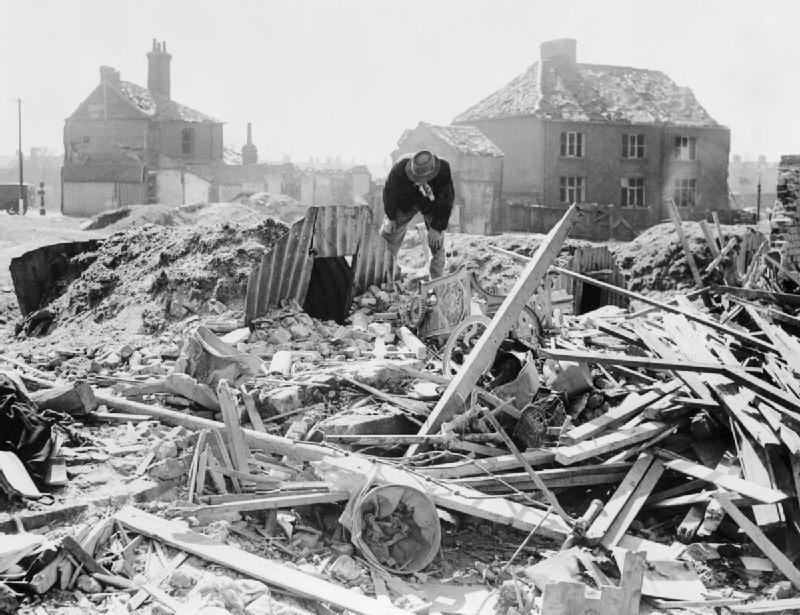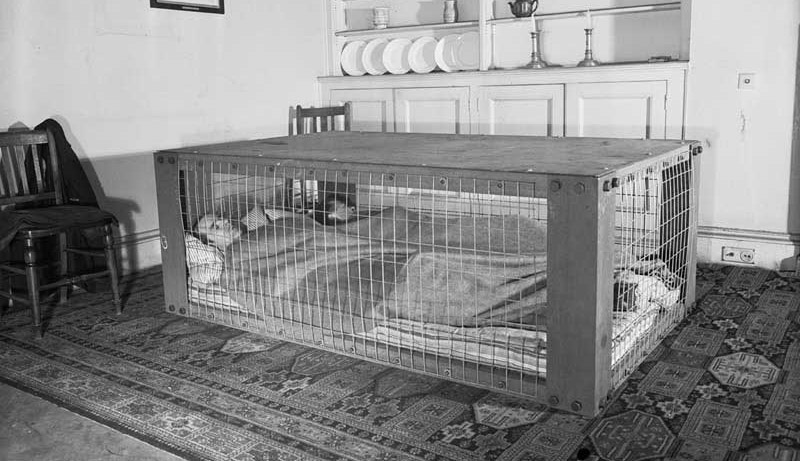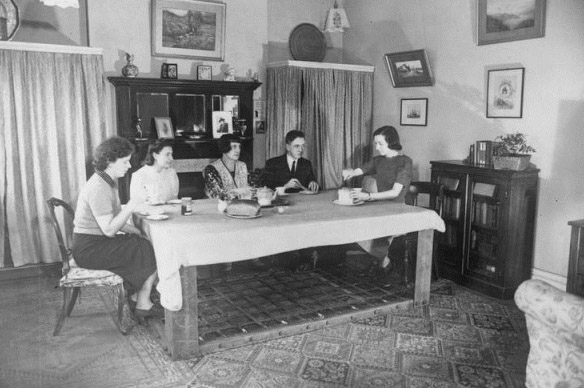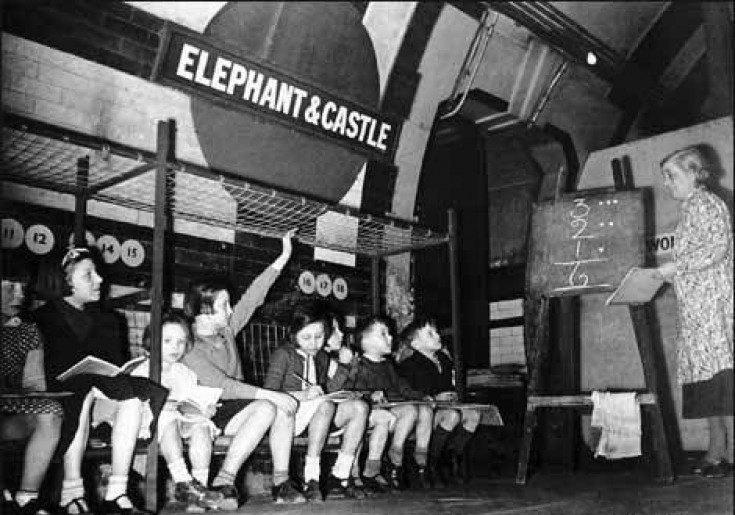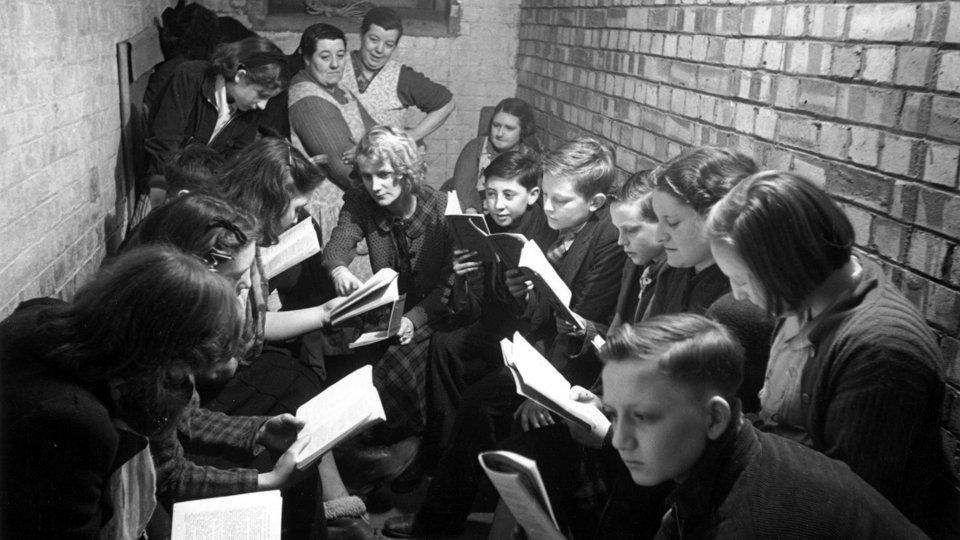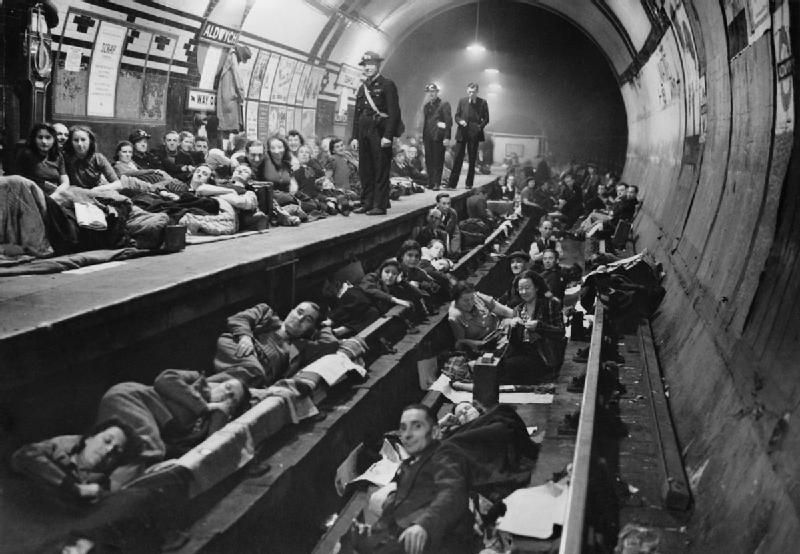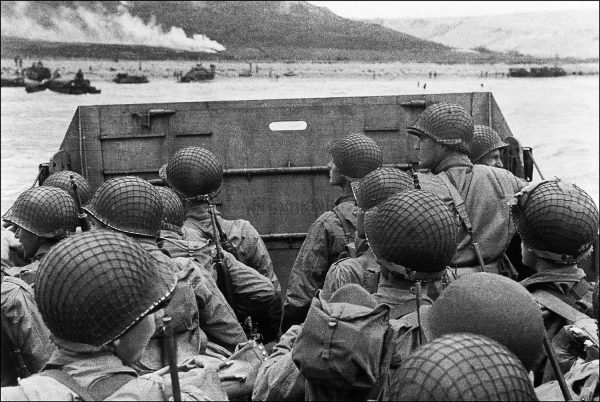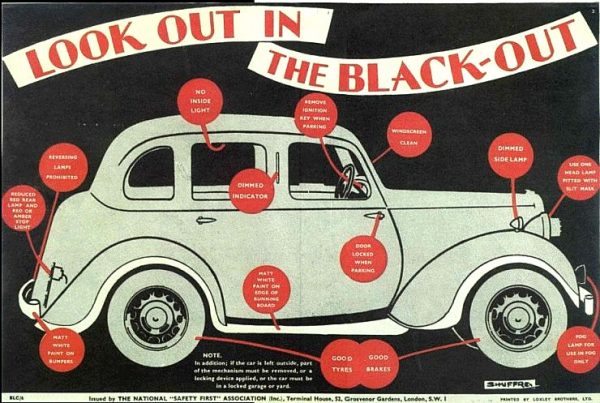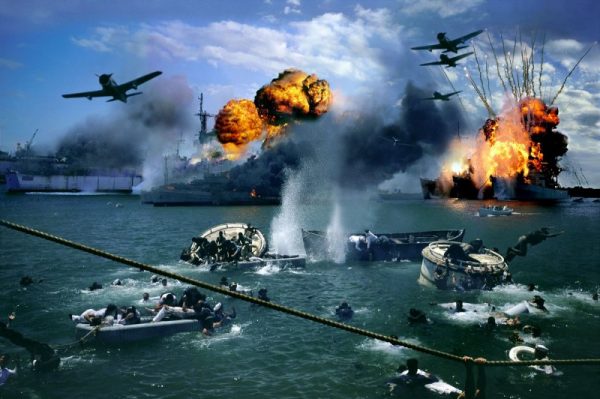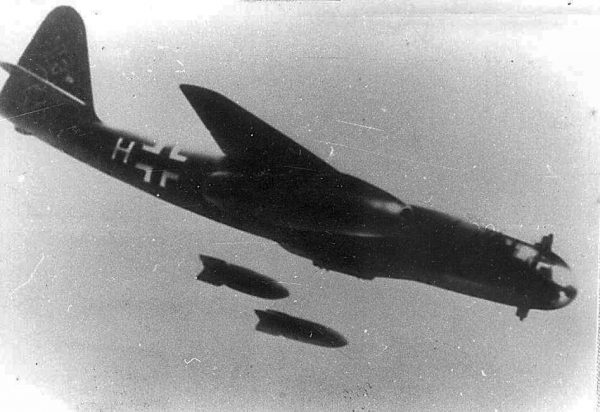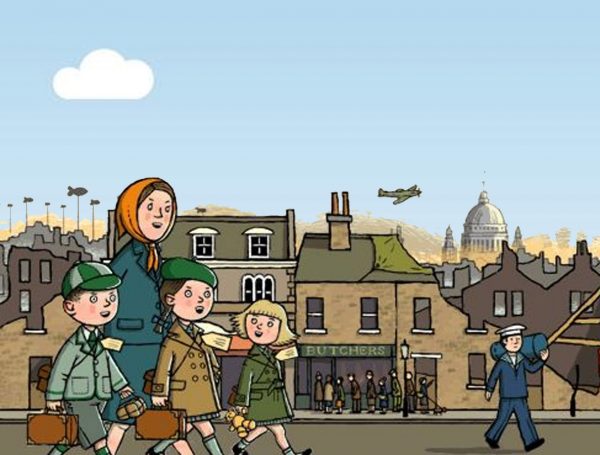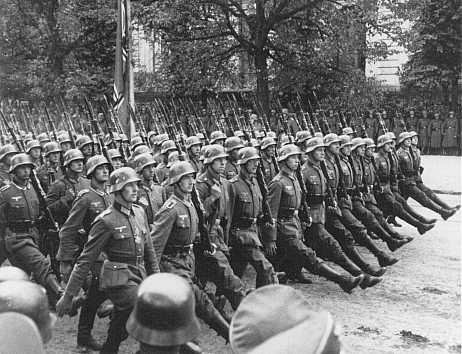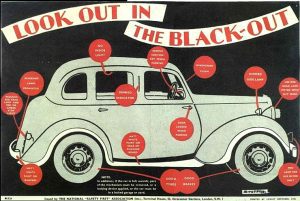Anderson Shelter
Prime Minister Neville Chamberlain placed Sir John Anderson in charge of Air Raid Precautions in November 1938. Anderson then commissioned an engineer called William Patterson to design and build a small, cheap shelter that people could have in their garden to keep them safe.
The Anderson shelter was designed in 1938 by William Paterson and Oscar Carl Kerrison. It was named after Sir John Anderson, who was responsible for preparing air-raid precautions immediately before the start of World War 2.
The first ‘Anderson’ shelter was built in a garden in London on the 25th February 1939.
1.5 million Anderson shelters were given to people before the start of World War 2. These shelters were distributed between February 1939 and the start of the war in September to people in areas that were expected to be bombed by the Luftwaffe.
Anderson shelters were quite simple to build. They were made from six curved panels of corrugated (wavy) steel that were bolted together at the top. They had steel plates at either end and were 1.95m tall by 1.35m wide. Once they were built, the shelters were buried up to 1m into the ground. They would then have a thick layer of soil and turf heaped on top of them to keep them secure.
People were expected to assemble their own shelters. Families would receive their shelter with an instruction guide and materials to put the Anderson shelter together.
Shelters were given free to any family who earned less than £250 a year. Anyone who earned more than that had to buy their shelter for £7.
A survey which was carried out in November 1940 discovered that only 27% of Londoners used Anderson shelters. You needed to have a garden to have an Anderson Shelter. 9% slept in public shelters and 4% used underground railway stations. The remaining 60% of people were either on duty at night or slept in their own homes. They said that if they were going to die they would rather die in the comfort of their own home.
It was very cold inside the Anderson shelter. In fact, to try to prevent people from leaving their shelter to go back into their warmer homes at night, the Government issued some guidelines on how to make them warmer and more comfortable.
Many families tried to brighten up their shelters. They would often grow flowers and vegetables on the roof and decorated the inside with household items.
Air Raid at St. Julian’s Primary
When the air raid sirens sounded, people were expected to get to a shelter as quickly as possible. This is a video from an air raid we had at St. Julian’s Primary School.
Morrison Shelter
The Morrison shelter was designed by John Baker and named after the Minister of Home Security, Herbert Morrison. The shelters came in kits which could be assembled in people’s homes. Morrison shelters were 2 metres long, 1.2 metres wide and 75 cm tall. They were designed to be slept under at night and used as a table for the rest of the time.
The shelter had over 350 parts, but mainly consisted of a steel top (like a table top) and wire mesh sides. One of the sides could be opened like a door for people to get in and out.
The Morrison shelter was not designed to survive a direct hit from a bomb, but it was effective at protecting people from the effects of a bomb blast and falling rubble.
Over 500,000 Morrison shelters were made and they were given free of charge to families who earned less than £350 a year.
Underground Stations
At the start of the Blitz many Londoners made use of tube stations as air raid shelters. Most people felt more secure deep underground than in other types of shelter. The authorities tried to discourage people at first because they didn’t want the tubes to be disrupted. As the War continued, platforms filled up and eventually it became necessary to provide canteens and toilets for those sheltering in the stations.
Space was limited and many people said that the smell was terrible as there were so many people sheltering in a confined space without ventilation.
Life in shelters went on as normal. School children continued with their school lessons.
The tube stations weren’t as safe as people thought. In January 1941, a bomb fell above Bank station, killing and injuring more than 100 hundred people sheltering below.
Making Your Home Safe
The government gave advice to people about making their home safe. They encouraged people to barricade their windows and doors to protect them from nearby bomb blasts. They also encouraged people to stick sticky tape over their windows to help stop the glass from shattering when bombs explode.

